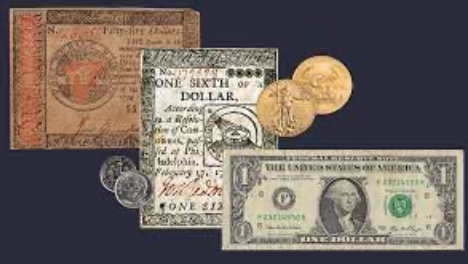The Gold Standard in the US refers to a monetary system that was in place from the late 19th century until the early 20th century, in which the value of the US dollar was directly linked to the value of gold. Under the gold standard, the government would guarantee to exchange US paper currency for gold at a fixed rate. This meant that the supply of money in circulation was tied to the amount of gold held by the government.
The Gold Standard had several advantages. It provided stability and predictability in the value of the US dollar, as the value of the currency was tied to the value of gold. It also helped to reduce inflation and provided a strong incentive for countries to maintain a balance of trade, as deficits could be settled in gold.
However, the Gold Standard also had several drawbacks. One of the major drawbacks was that it limited the government’s ability to respond to economic downturns, as it was constrained by the amount of gold reserves it held. This was particularly problematic during times of economic crisis, such as the Great Depression, when the government was unable to inject more money into the economy to stimulate growth.
In 1933, President Franklin D. Roosevelt took the US off the Gold Standard with Executive Order 6102, which made it illegal for US citizens to own gold and paved the way for the government to devalue the US dollar by increasing the supply of paper currency. The US officially ended the Gold Standard in 1971, when President Richard Nixon announced that the US would no longer convert dollars into gold at a fixed rate. Today, the US operates on a fiat money system, in which the value of the US dollar is determined by market forces and the decisions of the Federal Reserve.
